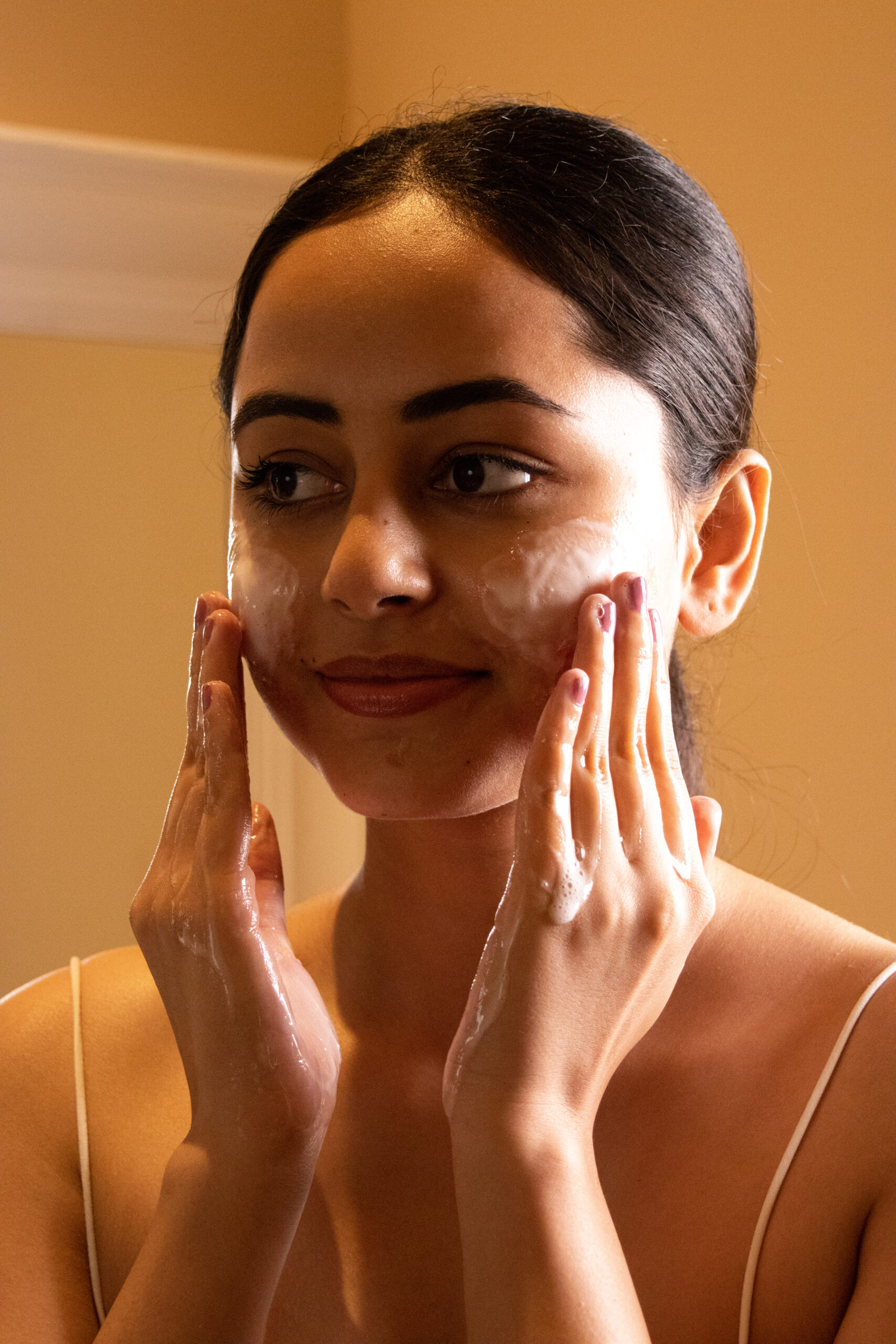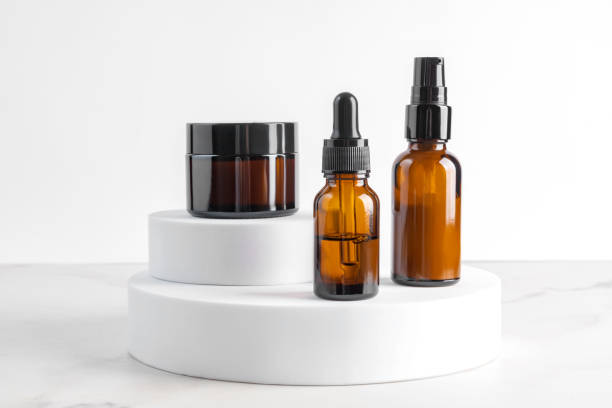When it comes to outdoor activities, whether you’re lounging on the beach, hiking through the woods, or simply taking a leisurely stroll in the park, sunscreen is your best friend. Look for the best Sunscreen that not only helps protect your skin from harmful UV rays but also reduces the risk of skin cancer and premature aging. However, knowing how often to reapply sunscreen can be a bit tricky, as it depends on various factors such as the SPF of the product, your skin type, and the activity you’re engaging in. In this article, we will delve into the details of how often you should reapply sunscreen to ensure you get the best protection for your skin.
Understanding Sunscreen Basics
Before we dive into the reapplication frequency, it’s essential to understand the basics of sunscreen. Sunscreen is formulated to shield your skin from the sun’s harmful ultraviolet (UV) rays, which can lead to sunburn, skin damage, and an increased risk of skin cancer. There are two main types of UV rays: UVA and UVB.
UVA rays are responsible for premature aging and can penetrate deep into the skin. They are present throughout the year, even on cloudy days.
UVB rays, on the other hand, are the primary cause of sunburn and are more intense during the summer months.
Sunscreen products are labeled with an SPF (Sun Protection Factor) rating, which indicates their ability to protect against UVB rays. SPF does not measure protection against UVA rays, so it’s crucial to look for a broad-spectrum sunscreen that guards against both UVA and UVB radiation.
Factors Affecting Sunscreen Reapplication
The frequency of sunscreen reapplication depends on several factors:
1. SPF Level
The SPF level of your sunscreen plays a significant role in determining how often you should reapply it. A higher SPF provides more extended protection, but it doesn’t mean you can skip reapplication entirely. Regardless of the SPF, sunscreen should be reapplied periodically.
- SPF 15-30: Reapply every 2 hours.
- SPF 30-50: Reapply every 1.5 hours.
- SPF 50+: Reapply every 1 hour.
2. Activity Level
Your activity level also affects how often you should reapply sunscreen. If you’re swimming, sweating, or engaging in physical activities, your sunscreen may wear off more quickly. In such cases, it’s advisable to reapply more frequently.
3. Water Resistance
Some sunscreens are labeled as “water-resistant,” which means they maintain their effectiveness in water for a specified amount of time. Even with water-resistant sunscreen, it’s essential to reapply after swimming or sweating excessively, as these activities can still reduce the sunscreen’s efficacy.
4. Sunscreen Type
Different types of sunscreens, such as lotions, sprays, and sticks, have varying levels of adherence to the skin. Generally, thicker creams or lotions tend to stay on the skin longer and may require less frequent reapplication than sprays.
5. Skin Type
Individual skin types can also influence how often sunscreen should be reapplied. People with fair or sensitive skin may need to reapply more frequently than those with darker or less sun-sensitive skin.
General Sunscreen Reapplication Guidelines
To simplify sunscreen reapplication, here are some general guidelines to follow when spending time outdoors:
Apply Before Sun Exposure:
Apply sunscreen generously 15-30 minutes before heading outdoors to allow it to absorb into the skin.
Use Enough Sunscreen:
Most people don’t apply enough sunscreen initially. You should use about one ounce (a shot glass full) for your entire body and half a teaspoon for your face.
Reapply Regularly:
As a rule of thumb, reapply sunscreen every two hours, especially if you’re outdoors and exposed to the sun. Set an alarm on your phone to remind you.
Immediate Reapplication After Swimming or Sweating:
After swimming or heavy sweating, towel drying, or any activity that could remove the sunscreen, reapply immediately, even if it’s before the two-hour mark.
Don’t Forget Your Lips and Ears:
These areas are often overlooked but are susceptible to sun damage. Use lip balm with SPF and apply sunscreen to your ears.
Protect Your Scalp:
If you have thinning hair or a bald head, wear a wide-brimmed hat or use a spray sunscreen to protect your scalp.
Consider Clothing:
Wearing protective clothing, like long-sleeved shirts, pants, and wide-brimmed hats, can reduce the need for frequent sunscreen reapplication.
Don’t Forget Your Feet
Your feet are often exposed to the sun but are easily overlooked when applying sunscreen. Remember to apply sunscreen to the tops of your feet, especially if you’re wearing sandals or open-toed shoes.
Use Sunscreen on Cloudy Days
Even on cloudy or overcast days, harmful UV rays can penetrate through the clouds. Don’t be fooled by the lack of direct sunlight; apply sunscreen as you would on sunny days.
Be Mindful of Reflection
Water, sand, snow, and even concrete can reflect the sun’s rays, intensifying your exposure. If you’re near reflective surfaces, like a pool or a snowy mountain, consider reapplying sunscreen more frequently.
Special Considerations
While these guidelines provide a good starting point for sunscreen reapplication, there are a few special considerations to keep in mind:
Children: Children have sensitive skin and should be protected from the sun’s harmful rays. Use sunscreen with SPF 30 or higher on children and reapply as often as necessary, taking extra care to cover their exposed areas.
Medications and Skin Conditions: Some medications and skin conditions can increase your skin’s sensitivity to the sun. If you’re taking medication or have a skin condition, consult with a dermatologist to determine the best sunscreen and reapplication schedule for your needs.
Time of Day: The sun’s intensity varies throughout the day, with the most potent UV rays typically occurring between 10 a.m. and 4 p.m. If you’re outdoors during these peak hours, consider reapplying sunscreen more frequently.
Conclusion
In conclusion, the frequency of sunscreen reapplication when spending time outdoors is crucial for maintaining healthy skin and preventing sun damage. Remember that sunscreen is not a one-time application; it requires regular and consistent reapplication to remain effective. By considering factors such as SPF level, activity, water resistance, sunscreen type, and your skin type, you can determine the optimal reapplication schedule for your specific needs. Protecting your skin from the sun’s harmful rays should always be a top priority to ensure a lifetime of healthy and radiant skin.





